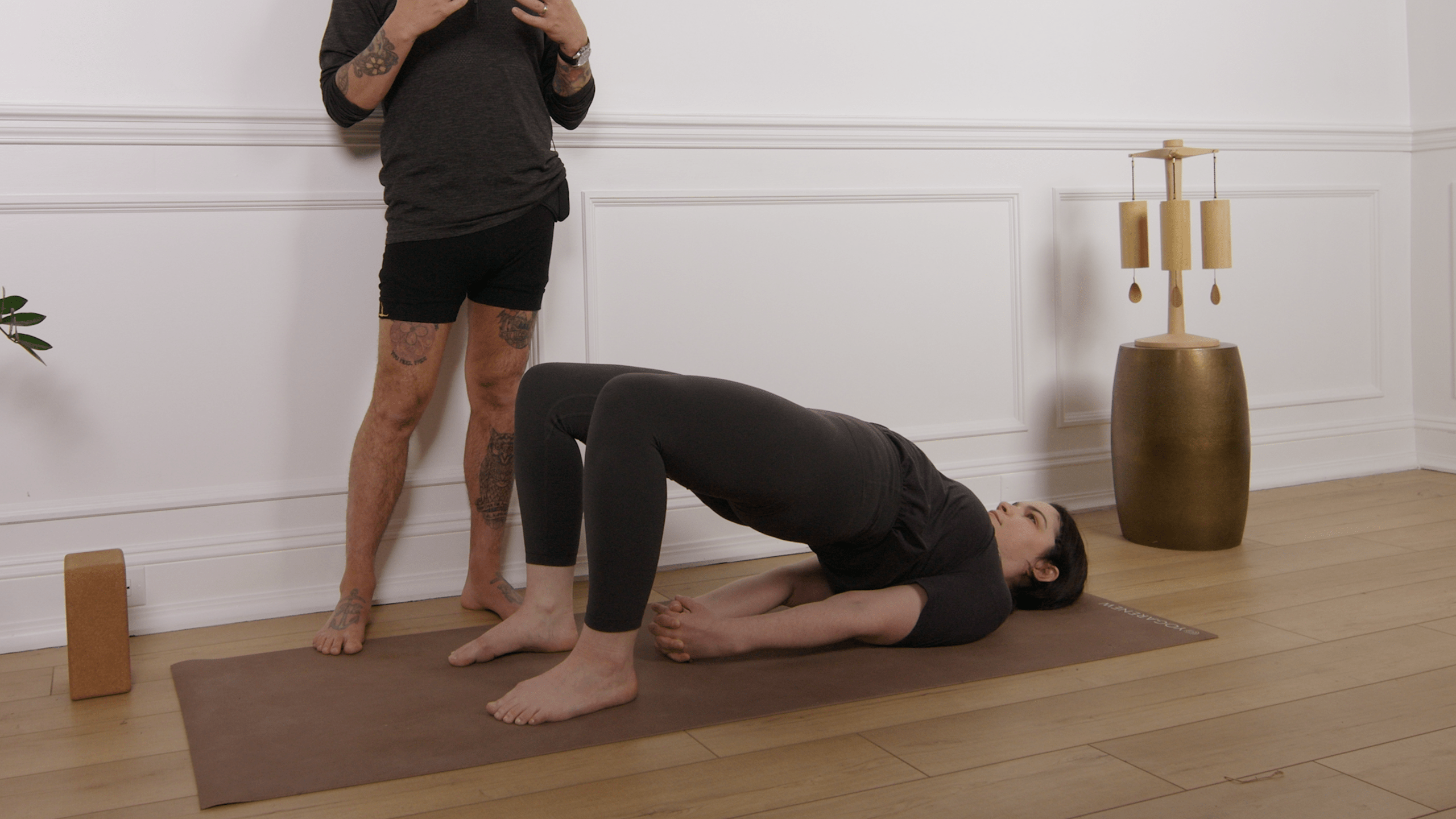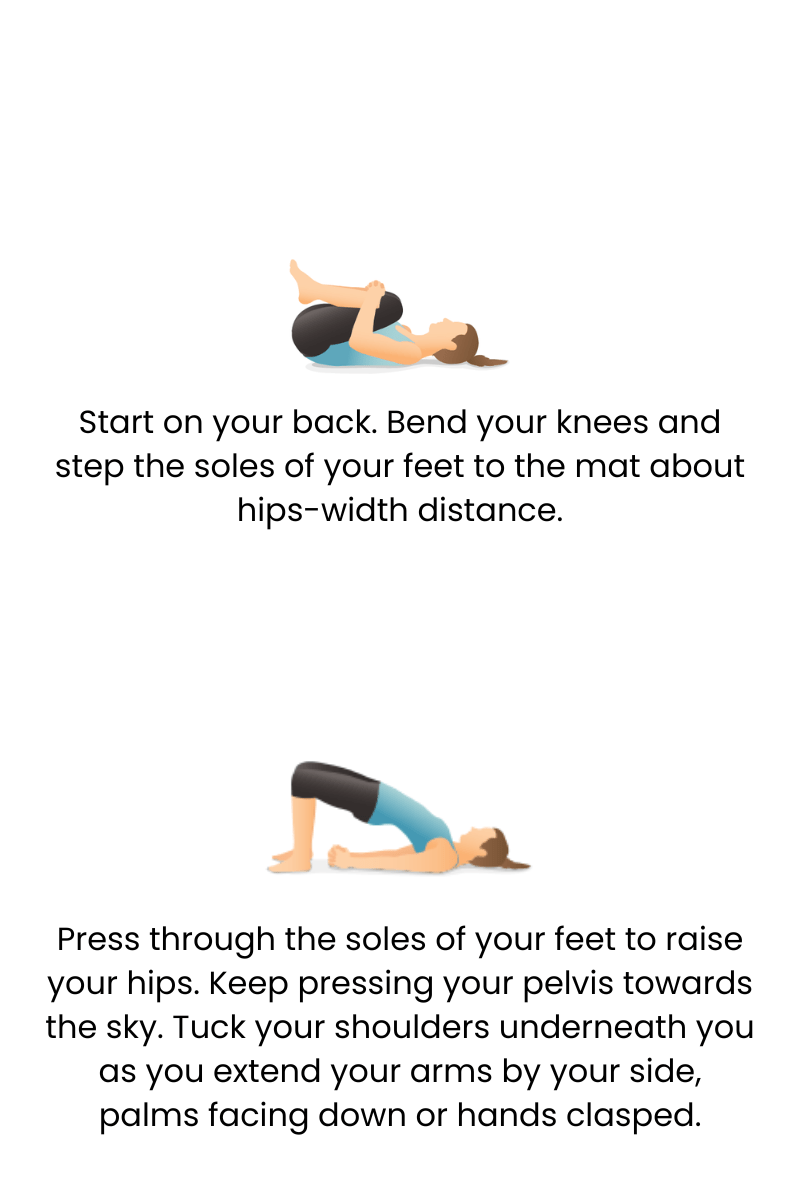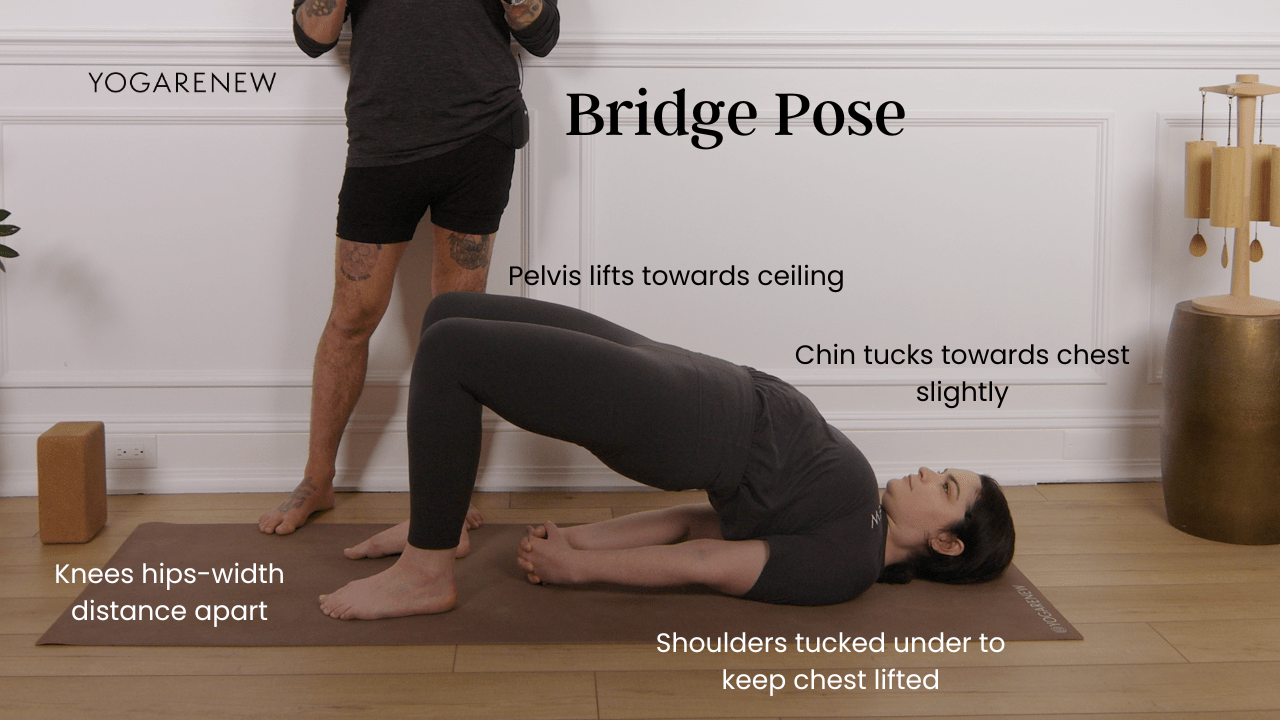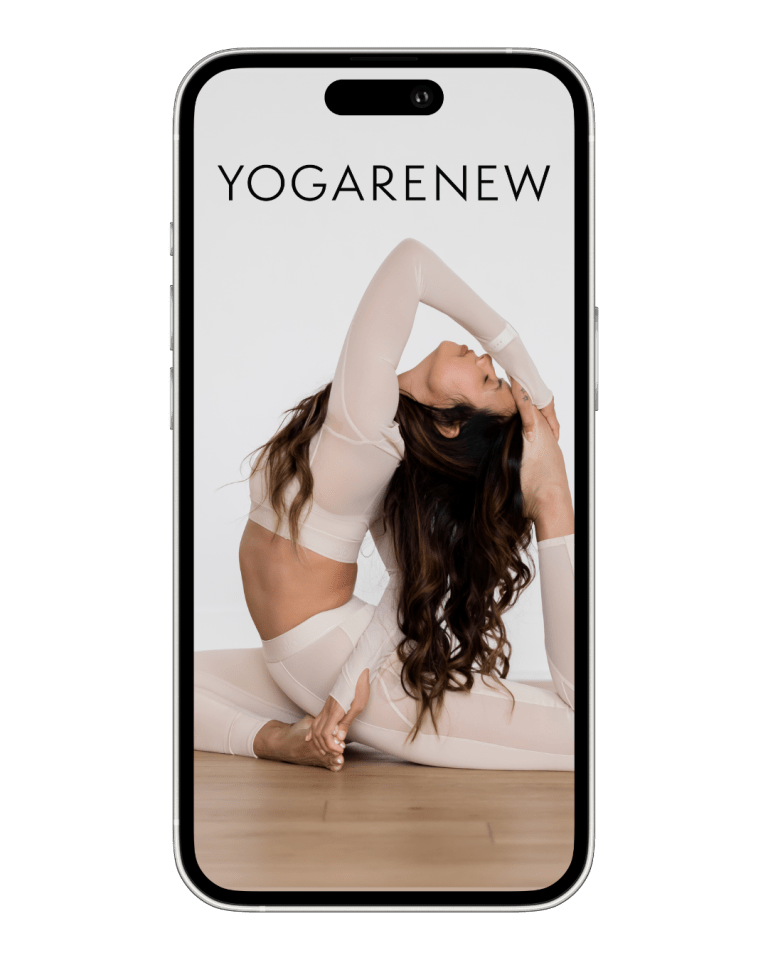What is Bridge Pose?
English Name: Bridge Pose
Sanskrit Name: Setu Bandhasana (pronounced SAY-too bahn-DAH-suh-nuh)
Category: Foundational, Backbend, Gentle to Intermediate

English Name: Bridge Pose
Sanskrit Name: Setu Bandhasana (pronounced SAY-too bahn-DAH-suh-nuh)
Category: Foundational, Backbend, Gentle to Intermediate
Bridge Pose, or Setu Bandhasana, is a grounding backbend performed while lying on the back. This pose gently opens the chest, hip flexors, and shoulders while strengthening the glutes, hamstrings, and lower back. It also stimulates the nervous system and promotes calm, making it both energizing and restorative depending on how it’s practiced.
A staple in many yoga styles—from Hatha and Iyengar to Restorative and Vinyasa—Bridge Pose can be adapted for beginners and advanced practitioners alike. Its versatility makes it ideal as a preparatory pose for deeper backbends or as a soothing, heart-opening posture on its own.


Bridge Pose is a supportive and versatile backbend that blends strength, flexibility, and introspection. Whether used as a warm-up, a peak pose, or a restorative shape, Setu Bandhasana helps open the heart and spine while grounding the body and calming the mind. It’s accessible, adaptable, and beneficial for practitioners of all levels.
Yes—with modifications. Try a supported Bridge using a block and avoid forcing the lift.
It can be either. Practice actively for strength or use props for a restorative variation.
Engage the legs more fully, interlace the hands and roll onto the shoulders, or try one-legged variations for a greater challenge.

Explore classes & pose tutorials for any style, format, duration or experience level with a free account in the YogaRenew app. Or subscribe and gain access to workshops, live classes and more.